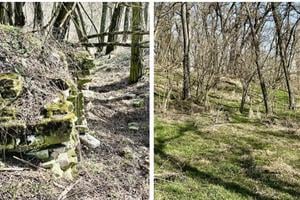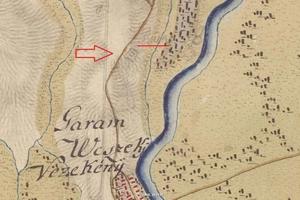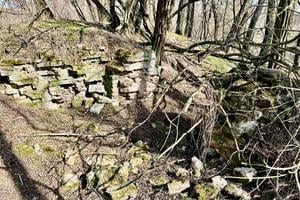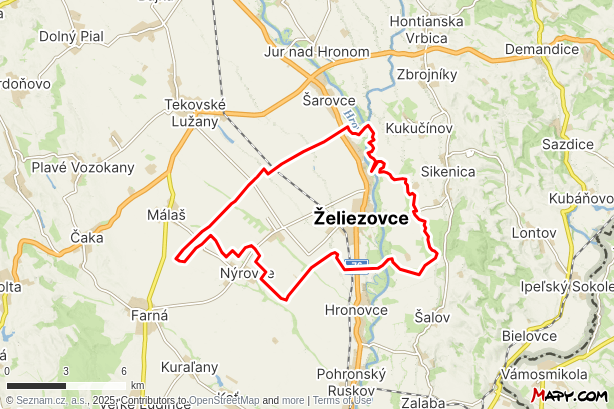Hidden in a quiet patch of woods near Želiezovce, where the River Hron cuts through Slovakia’s southern plains, lies a crumbling mystery: the so-called Prepadnutý kaštieľ, or “Sunken Manor”, a ruin so obscure that few locals even know it exists, according to My Levice.
There are no signs, no records, no archaeological digs — only scattered bricks, collapsed stones, and a handful of whispered legends. “It’s always had a mystical feel,” says Ákos Csonka, a historian from Želiezovce who has visited the site since boyhood. “Nature has almost swallowed it, but you can still find walls, archways — and foxes living where the nobles once might have walked.”
The few physical clues hint at noble origins. Some bricks bear the initials “G E” — believed to stand for Gróf Esterházy, Count Esterházy — while others are stamped with “G E K 1763”. Csonka, however, doubts the date aligns neatly with the family’s history, suggesting the structure was built later.
Without documents to anchor the past, speculation thrives. Some suggest the hill was sacred to the Avars, citing nearby prehistoric pottery. Others tie it to the 14th-century Becsei family, though Csonka questions why they would build so far from Želiezovce’s centre.
Then there are the legends. One tale, relayed by local amateur historian István Kovács, tells of a cursed hunting lodge: a heartless nobleman, a thirsty witch, and a manor swallowed by the earth. Fiction, perhaps — but stories like these have helped keep the ruins alive in memory.
More likely, Csonka says, the truth is humbler. The bricks resemble those used in working farm buildings owned by the Esterházys, and early Habsburg maps (1782–1785) depict a lone structure on the site, faintly labelled, perhaps, as a ruin.
The so-called manor may have been little more than a farm outbuilding, built after the Esterházy family took over Želiezovce’s estates in the 17th century. The well nearby, known as Majnó, reinforces the agricultural theory.
“It was no fort, no castle,” says Csonka. “If it were, more would have survived.”
Could a proper archaeological survey finally reveal the truth? Perhaps. But Csonka hesitates. “Maybe the magic lies in not knowing,” he says. “In letting it remain a place of stories.”
Spectacular Slovakia travel guides
A helping hand in the heart of Europe thanks to our Slovakia travel guide, with more than 1,000 photos and hundreds of tourist spots.
Our detailed travel guide to the Tatras introduces you to the whole region around the Tatra mountains, including attractions on the Polish side.
Lost in Bratislava? That's impossible with our City Guide!
See some selected travel articles, podcasts, traveller info as well as other guides dedicated to Nitra, Trenčín Region, Trnava Region and Žilina Region.

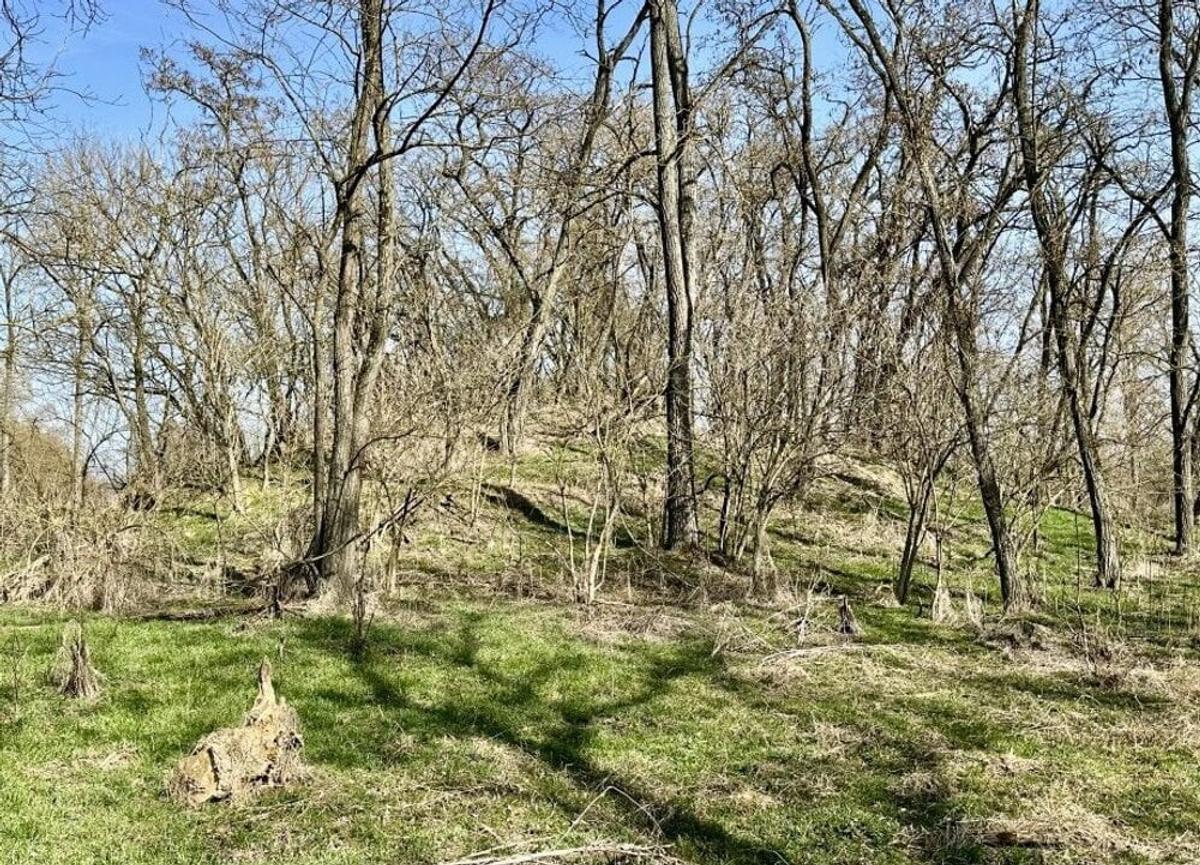

 Prepadnutý kaštieľ, or “Sunken Manor”, a ruin so obscure that few Želiezovce locals even know it exists. (source: Ákos Csonka's archive)
Prepadnutý kaštieľ, or “Sunken Manor”, a ruin so obscure that few Želiezovce locals even know it exists. (source: Ákos Csonka's archive)
